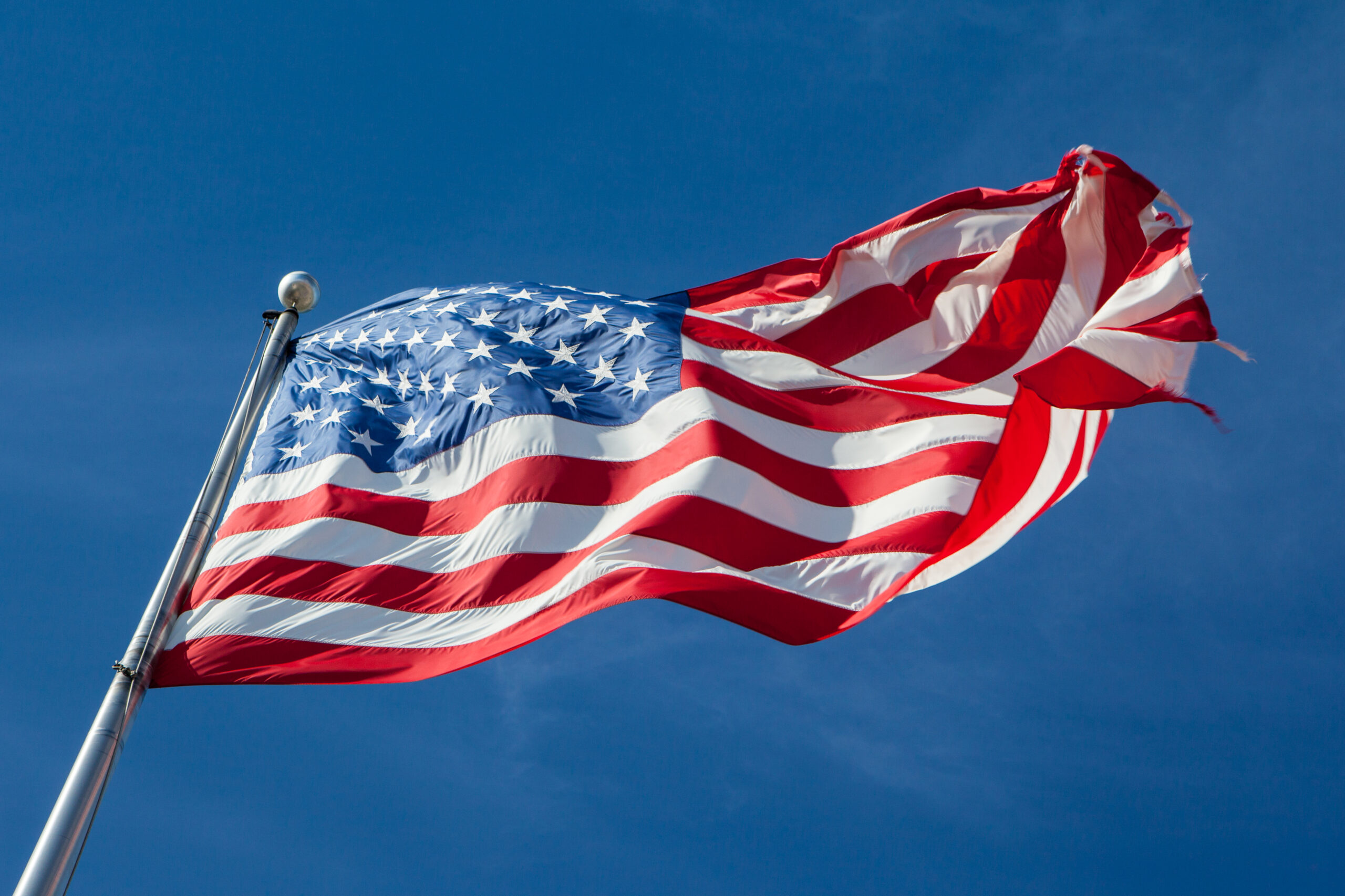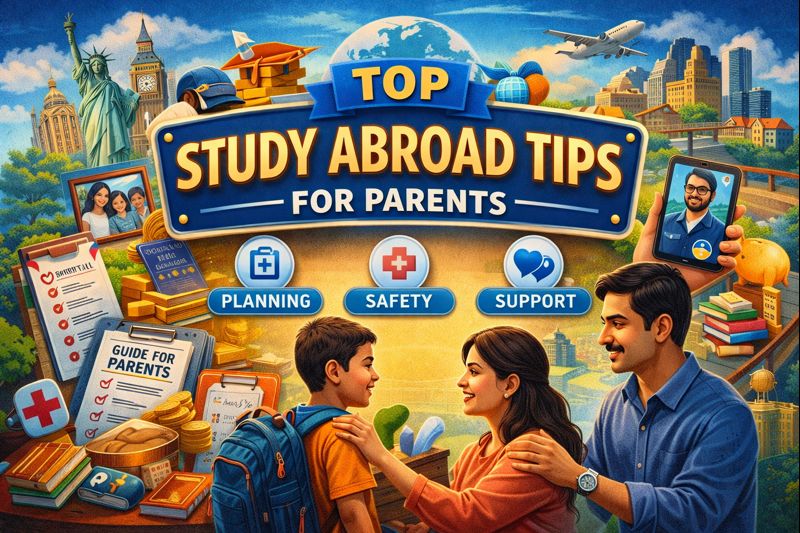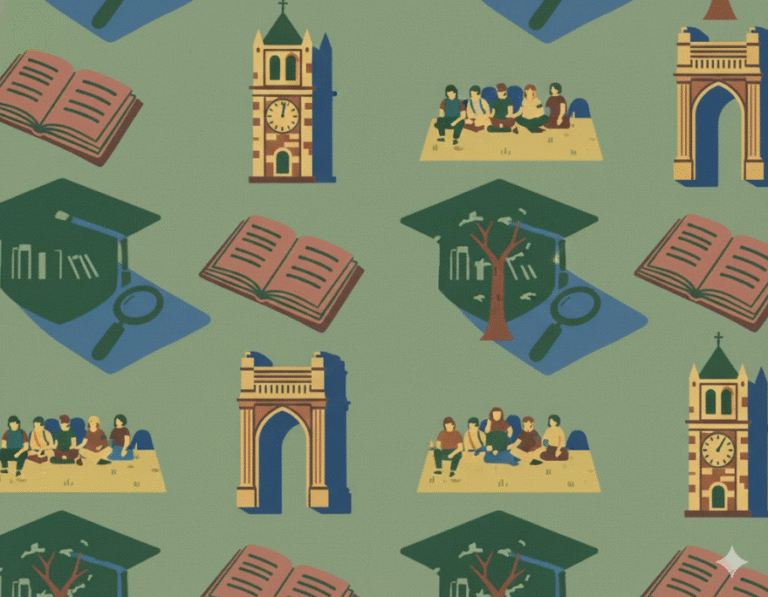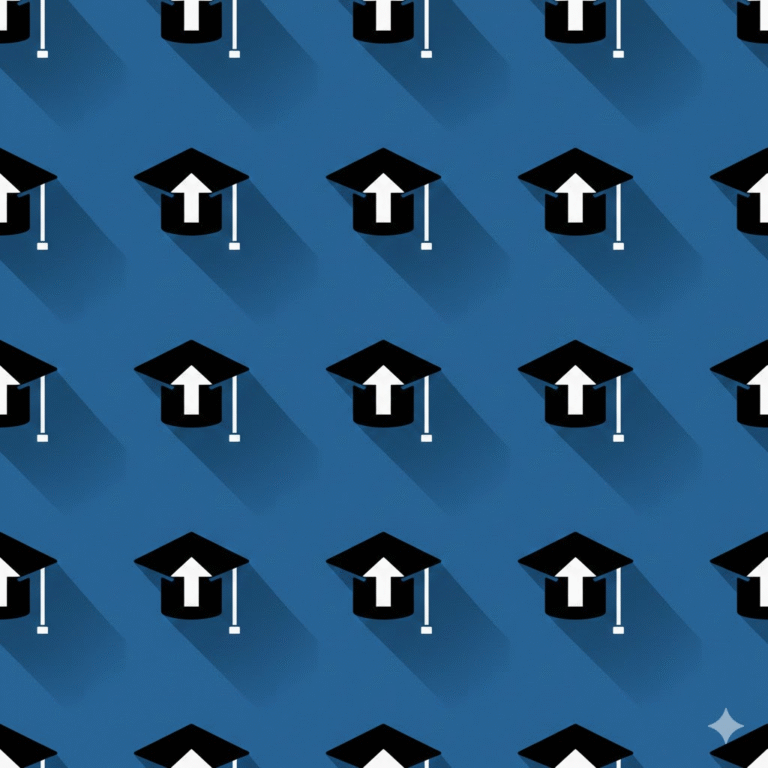Studying in the U.S. can poke a hole in your pocket. Here’s proof:
- You must pay up to $55,000 each year in tuition fees.
- You must pay up to $14,000 each year in accommodation costs.
- You must pay up to $25,000 each year in living costs.
Add to it the student visa costs, health insurance, and every other financial need that’ll crop up every now and then and you’ll know why your parents widened their eyes when you talked about studying in the U.S.
Furthermore, you come from a lower-income family. Thus, you want to apply for financial aid for international students. However, you’re scared that applying for financial aid might hurt your chances of getting admission.
That’s when need-blind universities in the USA come to your rescue. In the next seven minutes, learn all about the need-blind universities in the USA.

However, even after reading this article, you might still have questions. You might still wonder which one of the need-blind universities in the USA you should choose. The only information source you have are your relatives who passed out decades ago and random blogs on the internet written by someone who has never attended or even researched those universities.
Sounds overwhelming?
That’s when you need more help.
That’s when you need AI by your side.
That’s when you need SelectRight.
More on SelectRight later. Back to discussing all about the need-blind universities in the USA for now.
Note: the information is true at the time of writing. That’s September 2022.
Need-blind universities in the USA – a complete guide
Need-blind admission – what does it mean?
Need-blind admission is a policy that doesn’t consider the student’s ability to pay the tuition fees as a factor in the admissions decision. The universities offering admissions under this policy are called need-blind universities.
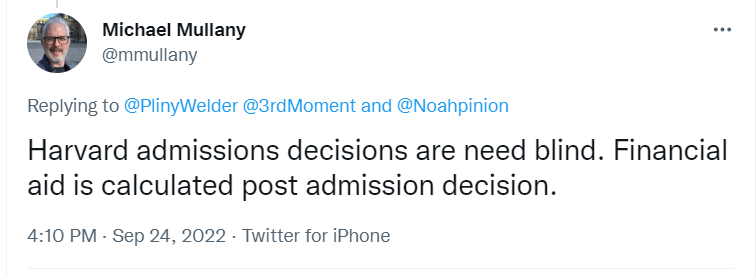
These universities consider only the non-financial aspects of a student’s application such as:
- Letter of Recommendations (LORs)
- Transcripts
- Essays
The policy is in place to level the playing field by making the admission process merit-based over how wealthy someone’s parents are.
Universities that have need-blind admission policies would still need a candidate to disclose their family’s finances. The candidates would need to submit the following documents to the university:
- The FAFSA (Free Application for Federal Student Aid)
- The CSS Profile of the college board
- College-specific forms
The universities use the information to calculate the aid package offered to the students after admission.

Types of need-blind admission universities offer
Need-blind with no loans

Universities offering this type of need-blind admission covers the financial needs of the student with financial packages without student loans. The universities offer a 100% financial package.
For example, say a student gets admission to a need-blind with no loans university with a tuition fee of $60,000. However, their family can afford to pay up to $5,000 for his education. Thus, the student would need an additional $55,000. The university will cover the cost with financial aid for international students, scholarships, grants, and work-study opportunities.
Check out the top 10 universities offering this type of need-blind admission:
- Massachusetts Institute of Technology (MIT)
- Harvard University
- Princeton University
- Yale University
- University of Chicago
- Stanford University
- Amherst College
- Columbia University
- Davidson College
- Brown University
Need-blind with loans
The universities offering this type of need-blind admission cover 100% of the demonstrated financial needs of a student through an aid package. The aid package, however, includes loans alongside scholarships, grants, and work-study opportunities.

Thus, the students will have to pay a small amount of debt afterwards, unlike need-blind with no loans universities.
Check out the top 10 universities offering this type of need-blind admission:
- California Institute of Technology
- University of Southern California
- Georgia Institute of Technology
- Washington University at St. Louise
- University of Pennsylvania
- Carnegie Mellon University
- Dartmouth College
- Bates College
- Boston College
- Denison University
Need-blind universities with no guarantee of financial aid
The universities offering this type of need-blind admission admit students under the need-blind policy but never guarantee any financial aid for international students.
For example, say a student has received in a university with a tuition fee of $45,000. However, their family can afford to pay up to $15,000 for their education. Thus, his demonstrated financial need turns out to be $30,000.
The university will offer $24,000 upon admission through loans and scholarships. The students will have to arrange for the remaining $6,000 through outside employment or private loans.
Check out the top 10 universities offering the type of need-blind admission:
- Florida State University
- University of Vermont
- University of Notre Dame
- Harvey Mudd College
- Georgetown University
- Adrian College
- Hamilton College
- Lawrence University
- Northeastern University
- University of Washington
Need-blind admission = tuition fees covered?
The short answer, no. Students who received admission through need-blind admission except for need-blind with no loans must make financial contributions. The university calculates the financial contributions based on:
- The income of the student’s parents
- The income of the student (if any)
- Other financial resources the student has access to
Students might be expected to participate in a work-study program (working part-time along with their studies) or take out student loans from private organisations to cover parts of the tuition fees.
Most universities offer generous grants and scholarship funding to the students admitted under the need-blind admission policy.
Difference between need-blind, need-aware, and need-based admission
| Details | Need-blind Admission | Need-aware Admission | Need-based Admission |
| Definition | An admission policy that doesn’t consider the student’s ability to pay the tuition fees by themselves as a factor in the admission decision. | An admission policy that examines the student’s ability to pay the tuition fees by themselves as a factor in the admission decision. | An admission policy that offers financial aid based on the student’s financial circumstances. Furthermore, universities consider the differences between the U.S. economy and the economy of the student’s home country. |
| Universities offering the admission type |
|
|
|
However, even after learning all the information about the X need-blind universities in the USA, you might still feel confused. You can still have questions. You can still have doubts about which one of the need-blind universities in the USA for international students you should choose.
That’s when SelectRight holds your hand. At SelectRight, we offer:
- Personalised and unbiased university recommendations based on analysing over 6 million data points across more than 10,000 CS, STEM, and MBA programs.
- Expert guidance on different stages of your application process such as LOR review, SOP review, and application review.
- Latest and actionable tips from current students and alumni from your chosen university.
Frequently Asked Questions
1. How many need-blind universities in the USA are there?
There are over 40 such universities offering different types of need-blind admission. Check out the top 5 need-blind universities in the USA below:
- Harvard University
- Massachusetts Institute of Technology (MIT)
- Yale University
- Princeton University
- Columbia University
2. Do students from need-blind universities receive financial aid for international students in the USA?
Yes. Students from need-blind universities in the USA receive financial aid for international students in the USA.
3. Is there a difference between need-aware and need-blind universities in the USA?
Need-blind universities in the USA never consider the candidate’s ability to pay for their education by themselves as a determining factor in the admission decision.
Need-aware universities in the U.S., on the other hand, consider the candidate’s ability to pay for their education without any loans, scholarships, or financial aid as a determining factor in the admission decision.
4. What are the need-blind universities in the USA?
We have shared everything about the different types of need-blind universities in the USA and mentioned 30 universities offering those need-blind universities in the article. However, check out 5 of the need-blind universities in the USA for international students that offer different types of need-blind admission to refresh your memory:
- Stanford University
- University of Chicago
- California Institute of Technology
- University of Southern California
- Georgia Institute of Technology
5. Is Harvard one of the need-blind universities in the USA?
Answer: Yes, Harvard is one of the need-blind universities in the USA for international students.




